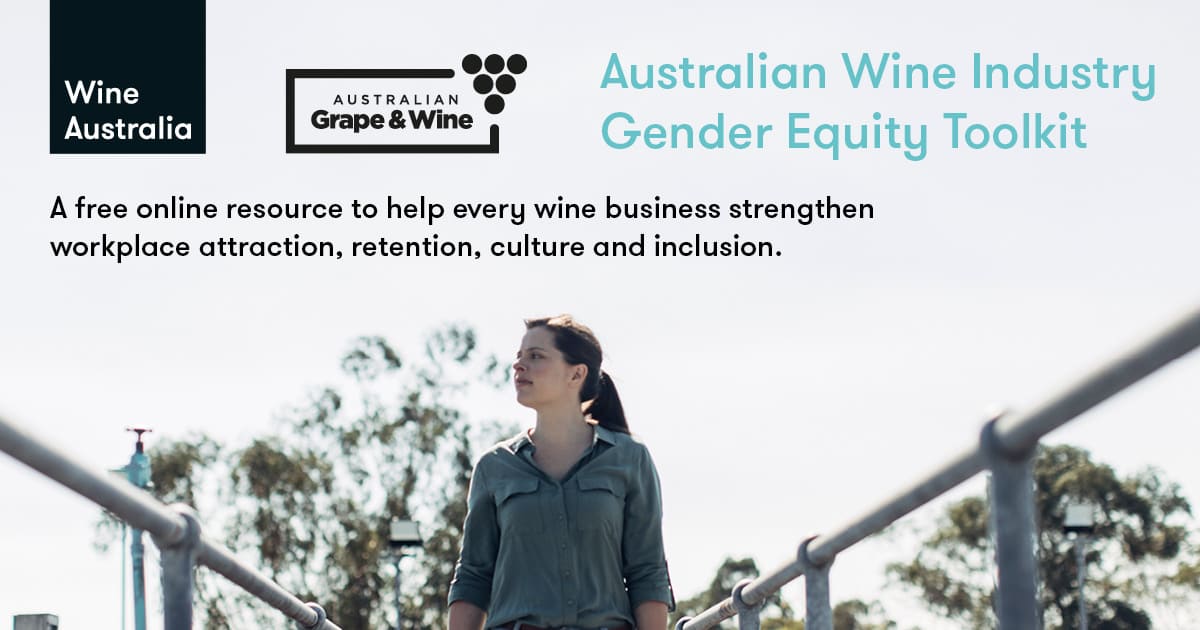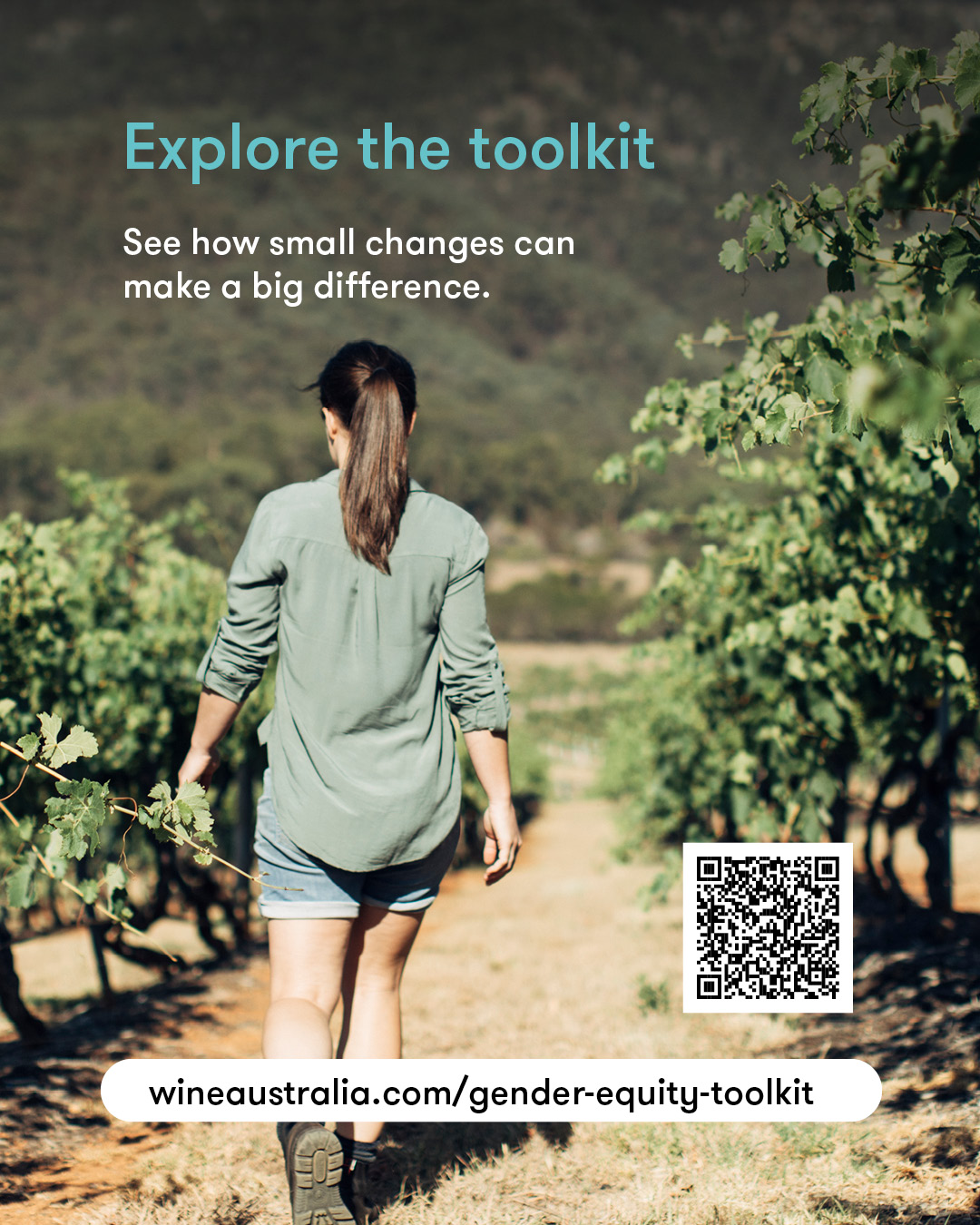Charles Sturt researchers have codeveloped the Australian Wine Industry Gender Equity Toolkit, a Wine Australia and Australian Grape & Wine resource to support the practical advancement of gender equity and inclusivity practices across the Australian wine sector.

The Australian grape and wine sector, a global leader in wine production, is not immune to the challenges of promoting equity and inclusion within its workforce. The importance of this issue is emphasised by the fact that women and gender diverse individuals, who are vital to vineyards, wineries, research and leadership, often encounter barriers to advancement, unequal working conditions and cultural obstacles that limit their full participation.
Recognising the need for change, Wine Australia and the Australian Grape & Wine Diversity, Equality and Inclusion in Wine (DEIW) Committee partnered with researchers from Charles Sturt University and the University of New South Wales (UNSW) to conduct a comprehensive study. Their work has produced the first resource of its kind – the Australian Wine Industry Gender Equity Toolkit – to assist businesses in moving beyond mere compliance towards genuine workplace equity.
The Australian Wine Industry Gender Equity Toolkit is now available online through industry organisations across Australia. By providing clear, practical solutions, it marks a significant step forward for the wine sector.
As the industry continues to expand globally, embracing gender equity is not only the right choice – it is also a smart strategy for building a stronger, more competitive future.
Access the Australian Wine Industry Gender Equity Toolkit

Research problem
Women and gender diverse people are vital to the wine sector, but face unequal working conditions, limited career pathways and cultural obstacles. The challenge was to build a clear picture of gender equity in the industry and provide practical strategies that businesses could adopt, no matter their size or location.
Collaborators
The project was a testament to the power of collaboration, led by Associate Professor Larissa Bamberry, Associate Professor Donna Bridges, Dr Helen Taylor and Dr Elizabeth Wulff (Charles Sturt University), with Associate Professor Sue Williamson (UNSW Canberra). It was supported by Wine Australia, the DEIW Committee and input from more than 400 industry stakeholders through focus groups, advisory panels and symposium workshops, demonstrating a shared commitment to gender equity in the wine industry.
Outcomes
The research produced the Australian Wine Industry Gender Equity Toolkit, which:
Impact
The Toolkit turns research into action, offering strategies to create fairer and more inclusive workplaces. It provides benefits such as:
For an industry reliant on both seasonal and highly skilled labour, embedding equity is key to long-term sustainability.
Beneficiaries